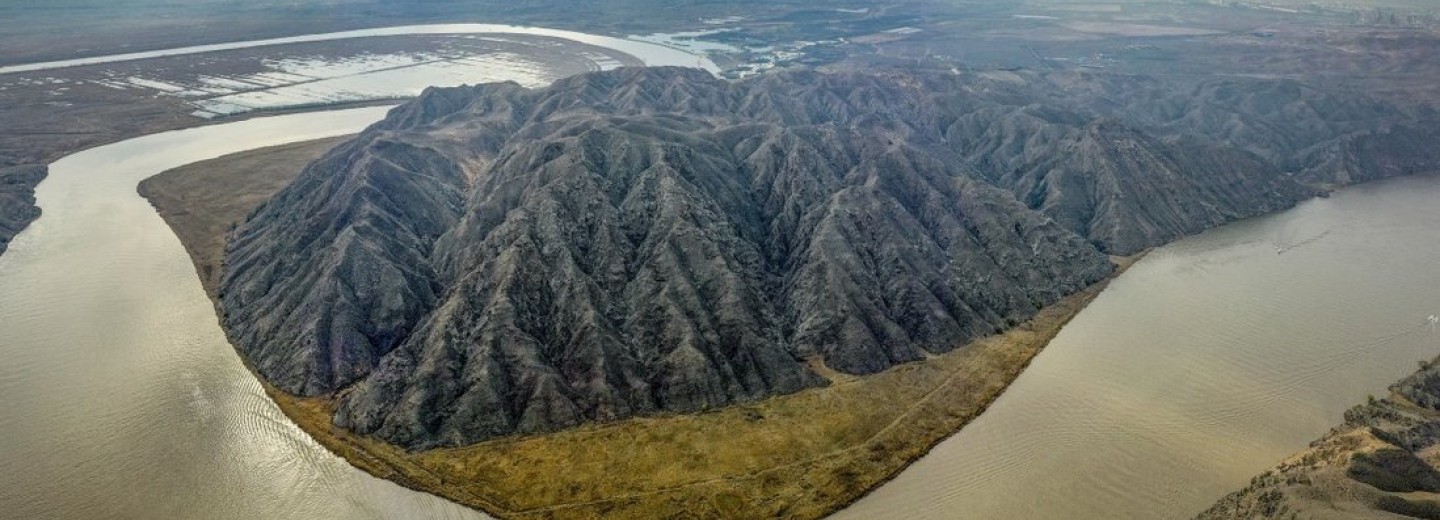China News 1st November 2021
Our first news this week is an article by a businessman about international popularity and why China should not bother about being popular.
China hopes to make friends with as many countries as possible, but it will never trade popularity for matters of principle. Popularity should be a reference, but it is only a reference.
Popularity describes the relationship between a person and those around him. A person’s popularity indicates that other people’s recognition of him is high. However, there are exceptions to everything. For example, in a class, there is a top student and a group of lazy students. The top student studies hard every day and has excellent grades. The lazy students do not do their jobs properly: they get zero in the exams. Will top student be popular? Certainly not. She has nothing to do with those lazy students. Is this a good thing or a bad thing for her?
Western polls do not make much sense. The United Kingdom, the United States, Australia, for example, as Anglo-Saxon countries, have no historical and cultural ties with China. China’s rapid rise has exceeded their imaginations. After this shock, they instinctively feel that another race has “invaded”.
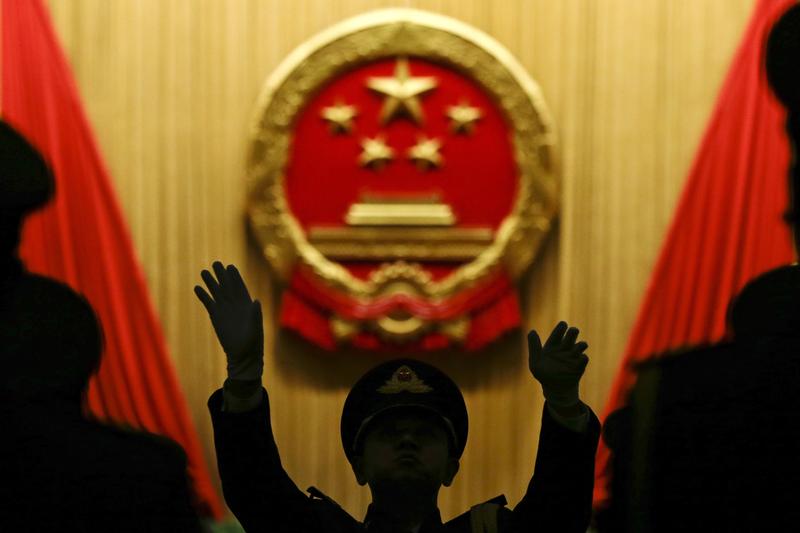
As for countries around China, building a good relationship between any big country and smaller, neighboring, countries is a problem in itself. Looking at the whole world, it seems that no big country can handle it well. The size of a country is itself threatening.
In Hong Kong and Taiwan, the rapid rise and rejuvenation of Mainland China has deeply shaken the outlook of many pro-Westerners. From being poor and backward in the past, mainland China has suddenly become even more advanced and even richer than them. There is a view now that seems to regard the small circles of a few Western countries as “international society”, as if, by offending a few of them, China is unpopular. In fact, this may not be the case. The enthusiastic support of the vast number of Asian, African, and Latin American countries, is matched by the solidarity of more than 90 countries of the United Nations Human Rights Council to China. China’s Belt and Road initiative to build bridges and roads for many developing countries are an expression of China’s soft power. There are nearly 200 countries in the international community, not just the 30 or so Western countries.
Western-style democracy includes multi-party elections, referendums, and unconditional freedom of speech. Its positive effects cannot be denied, but this is a group that lacks political governance traditions and historical experience. However, if a country has a deep, long-proven and effective political and cultural tradition that can promote national development, ought to follow its own path. China’s current political system is a summary of the Chinese people’s long-term experience, lessons, and practice. Today, Western-style democracy itself is full of problems and cannot even take care of itself.
China is not interested in a contest for domination and infringing on other countries. China respects the sovereignty of other countries. The Chinese must firmly follow their own path and work for the well-being of good people in China and the whole world. Of course, we hope to make friends with as many countries and people as possible, but we will never abandon our principles. We should not give up our legitimate rights and interests purely for popularity.
(The author is a private business owner in Tianjin, China)
Source: zaobao.com.
In this lyrical article, the author writes about China’s ‘Mother’ river – the Yellow River – the foundation of the Chinese civilization.

As the first river of Chinese civilization, the Yellow River is built into in the emotions of Chinese children. All feelings about mothers, fragile hearts, and passionate songs can be reflected and soothed in this long river.
The river rushes out of Bayan Kera Mountain, sprinkling more than five thousand kilometres from west to east. It flows through nine provinces, and through 80 million square kilometres of land, finally flowing into the Bohai Sea. It is no exaggeration to say that the Yellow River has shaped China.
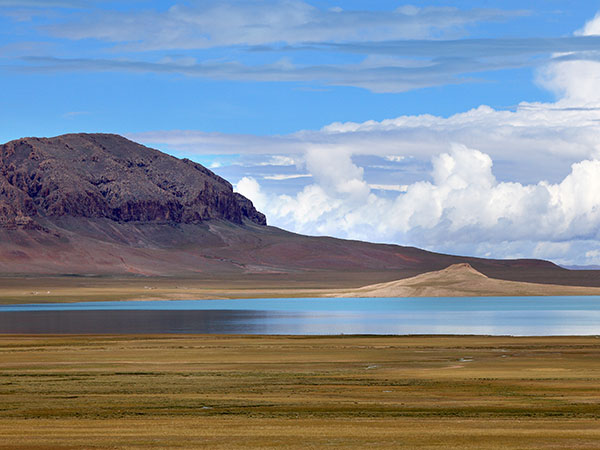
The Yellow River originates from the Qinghai-Tibet Plateau. Here, the Yellow River is no different from other big rivers, clear and exquisite. However, in the eastern part of the Qinghai-Tibet Plateau, the southeast of the Yellow River is blocked by the Jorge Heights. It turns around and tours the edge of Sichuan. The first curve of the Jiuqu Yellow River was formed from this. It is because of this turning that the Yellow River has become the Yellow River.
Out of Qinghai, the Yellow River comes to the Loess Plateau, one of the most fragile and extreme areas on earth. The 50-200-meter-thick soil layer is loose, and the vegetation is sparse. Almost every year, more than a billion tons of soil is washed into the Yellow River by rain. A huge amount of sediment makes the Yellow River “yellow” and becomes the “Yellow” river with “one bowl of water, half a bowl of sand”.

The Yellow River has shaped the sons and daughters of China. Early human beings cultivated and multiplied here. In the subsequent civilization process, the North China Plain, which is flat and economically developed, became the centre of politics, economy and culture. Even today, the North China Plain, the second largest plain in China, is still the most populous plain in China, accounting for about 80% of the country’s population and cultivated land area.
The Yellow River is a huge treasure house. According to statistics, along the Huangjiu Province, there are 19 World Heritage Sites.
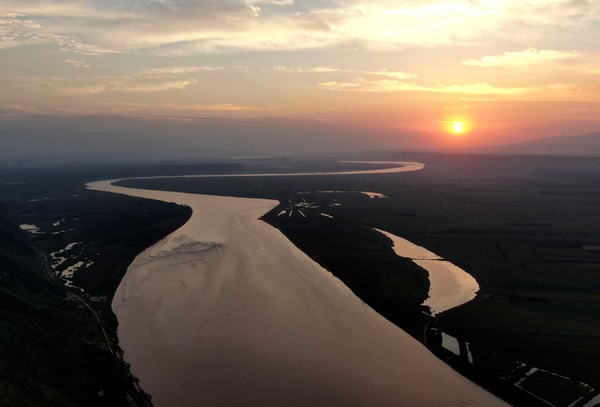
The sediment carried by the Yellow River deposits into sandbars here, making Dongying one ofthe fewcitiesin China whose land areais growing free of charge every year. In this vast Yellow River Delta wetland, golden reeds bring together nearly 300 species of birds. In addition to more than 10 national first-class protected birds such as red-crowned cranes and oriental white storks, there are also 49 national second-class protected birds such as big swans and grey cranes. Every spring and autumn, migratory birds from the interior of Northeast Asia and the western Pacific Rim migrate in the sandbar of the Yellow River, where millions of birds live and soar. This is a resort for birdwatchers.
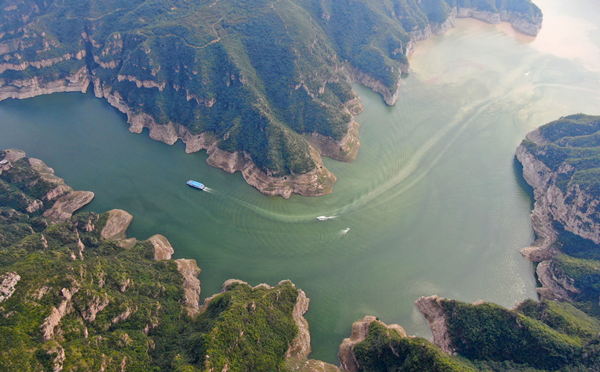
The intersection of rivers and seas also gives Dongying rich seafood. The high-quality seafood such as swordfish, oriental prawns, clams and pike crabs in the mouth of the Yellow River decorate the dining table of Dongying people particularly richly.
Hukou Waterfall
Hukou Waterfall, located at the junction of Shaanxi and Shanxi, is the second largest waterfall in China and the largest yellow waterfall in the world.
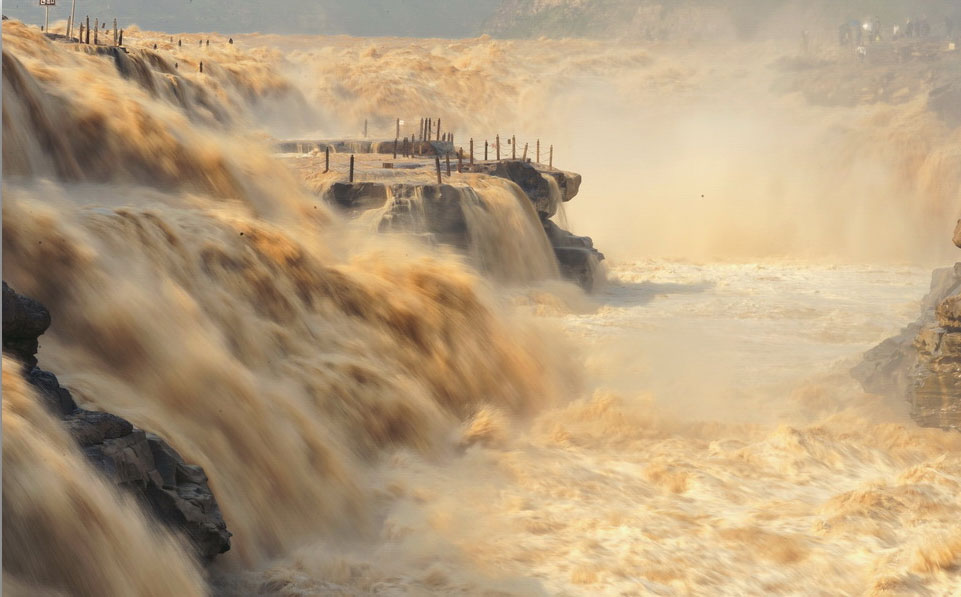
In Jorge, Sichuan Province, the Yellow River detours northward. The quiet flowing water of the Yellow River and the flat land work together to create an endless grassland.

In leisurely manner over the Jorge grassland, waterbirds fly and fishing boats cross. This place is praised by Chinese and foreign scientists as a “heart of the universe”.
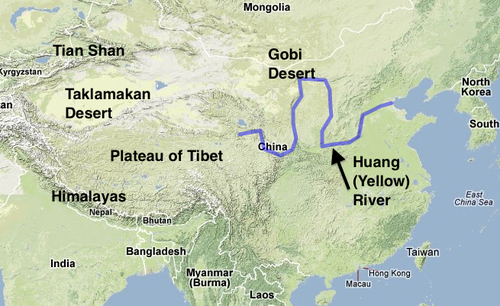
Source: travel.ifeng.com.
Worked on the article:

Wanlikhang


